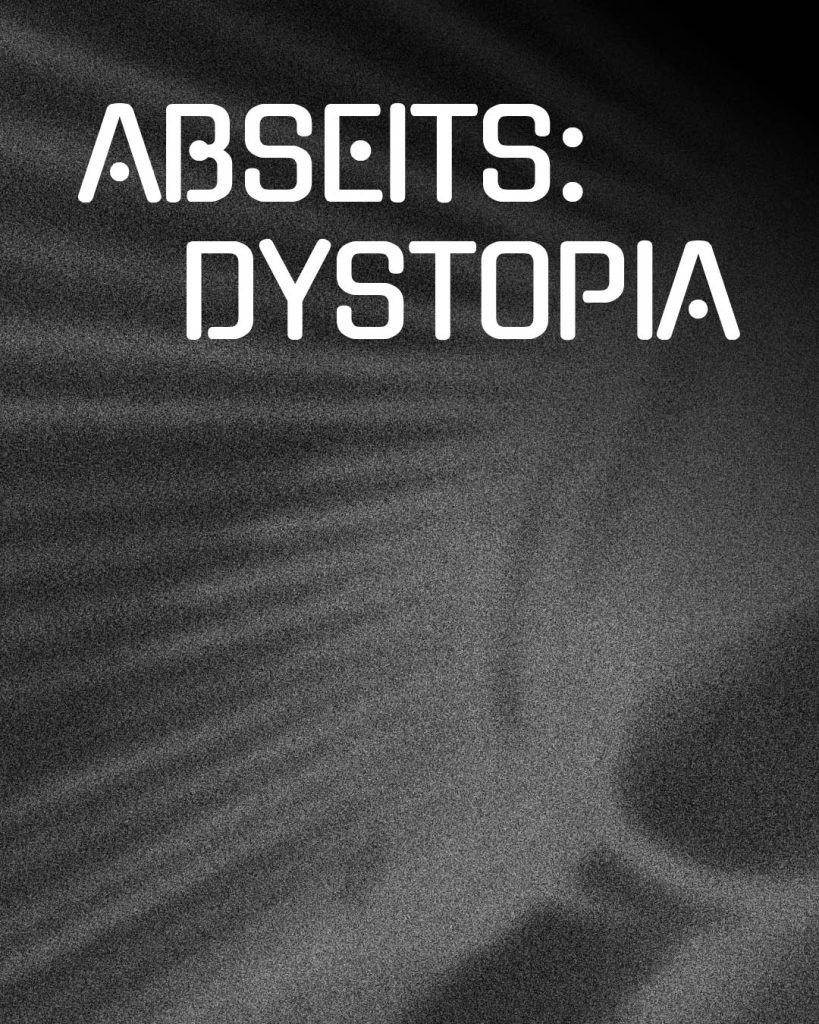
Why is it that in our fictional visions – like film – we so often imagine only the end of the world (or its worsening under the guise of improvement)? This question strikes at the core of art and the potential necessity of narrative – one might argue. In ABSEITS: DYSTOPIA, I want to show that this isn’t the case; rather, it seems we find it difficult – if not impossible – to detach ourselves from our own ideology. The moment we try to imagine breaking out, we end up reproducing it. Brunaupark shows the here and now, no leap into a „not-so-distant future“ required. Brazil, then, is perhaps the opposite: an exaggeration of the Kafkaesque chaos-machine that justifies itself endlessly. In the same breath, I imagine Mad God as the collapse of Brazil’s high society – and 2551.03 as fascism, always lurking just beneath our feet. If you trace the footsteps of dystopian visions through time, you don’t arrive at a clear blueprint of societal collapse – but at an aesthetic. PUNK. The Ishii double feature makes it clear: whether set in the past, the future, or the here and now, visual language emerges precisely where rules are neglected. One more observation – maybe to some unsurprisingly – the end of the world is a deeply male-dominated theme. Finding relevant entries in film history is, relatively speaking, quite difficult. DYSTOPIA is a hyper-male phantasy.

2551.03 – The end
Austria, 2025, 80 min, Norbert Pfaffenbichler, No Dialogue, Germany Premiere
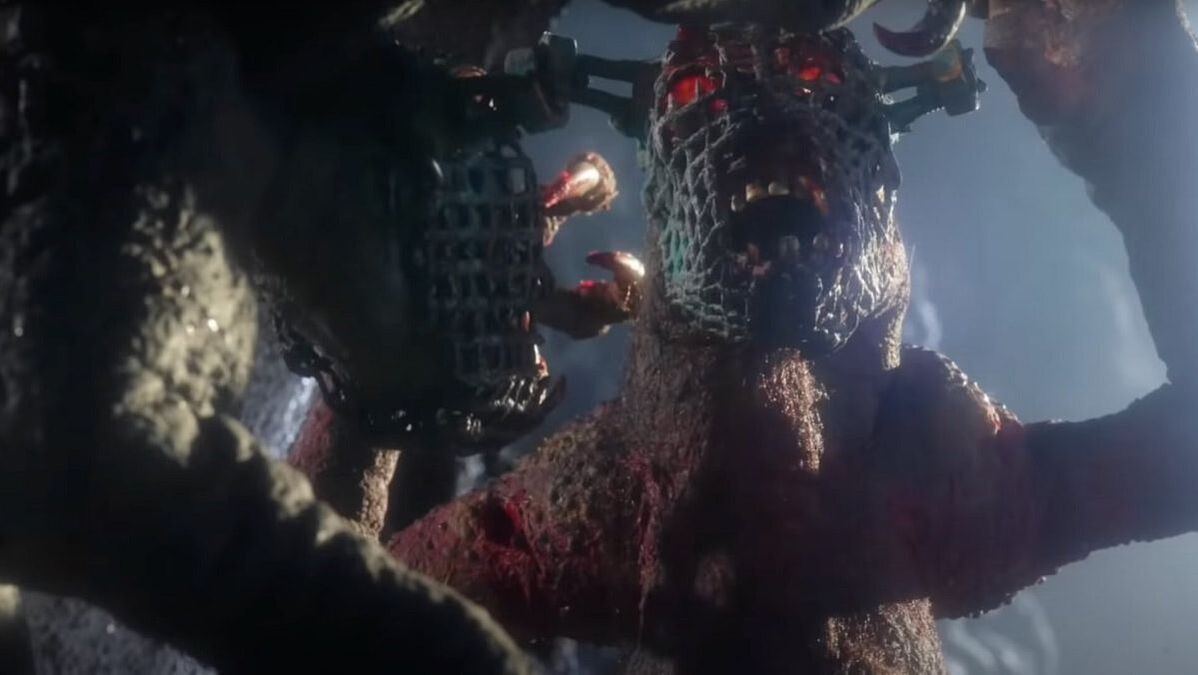
mad god
USA, 2021, 84 min, Phil Tippett, English
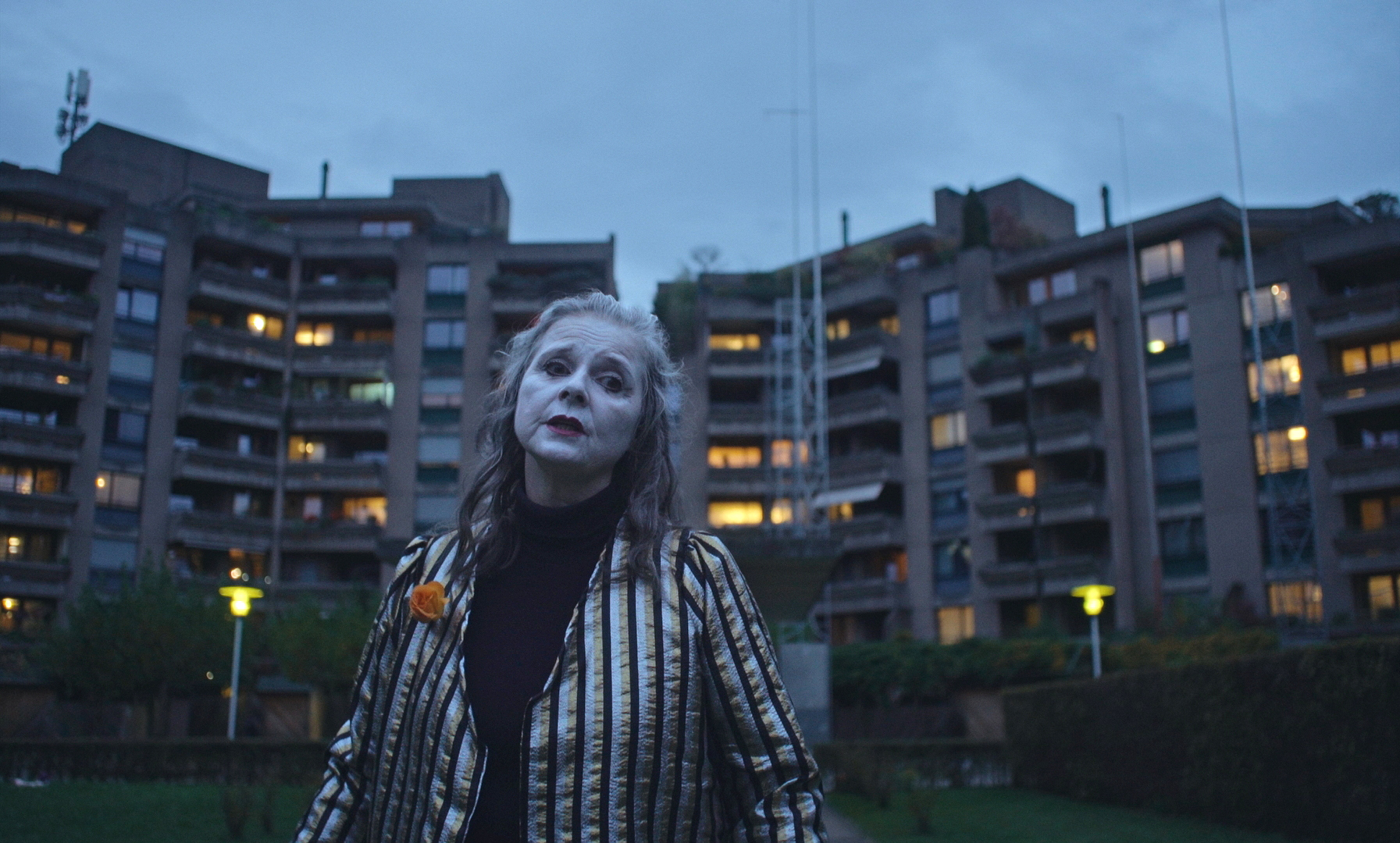
brunaupark
Switzerland, 2024, 91 min, Felix Herget, Dominik Zietlow, several languages, Aachen Premiere
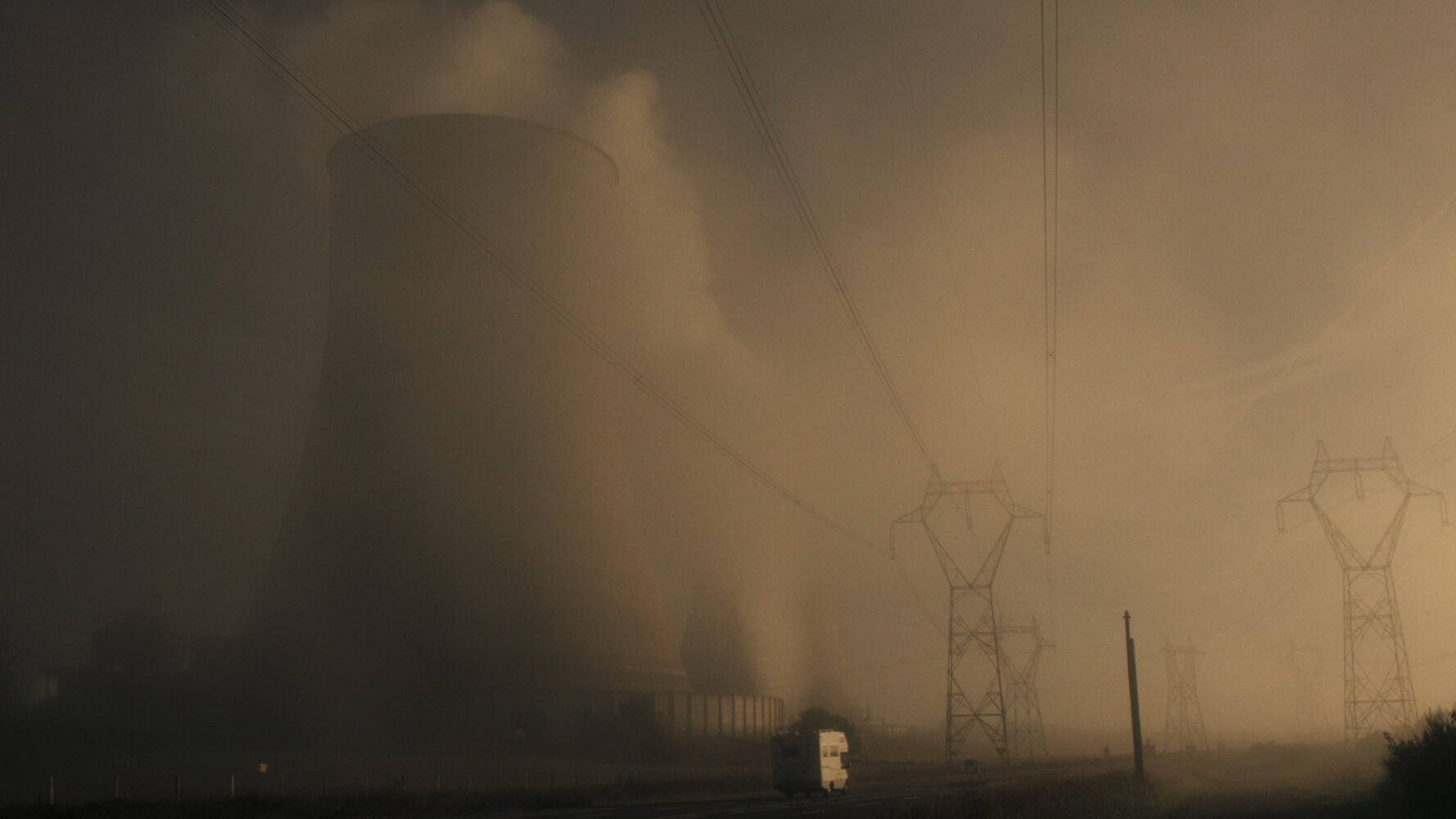
Nomades du nucléaire (Atomnomaden)
Germany/France, 2023, 73min, Kilian Armando Friedrich and Tizian Zargari

crazy thunder road
Japan, 1980, 98 min, Gakuryu Ishii, Japanese
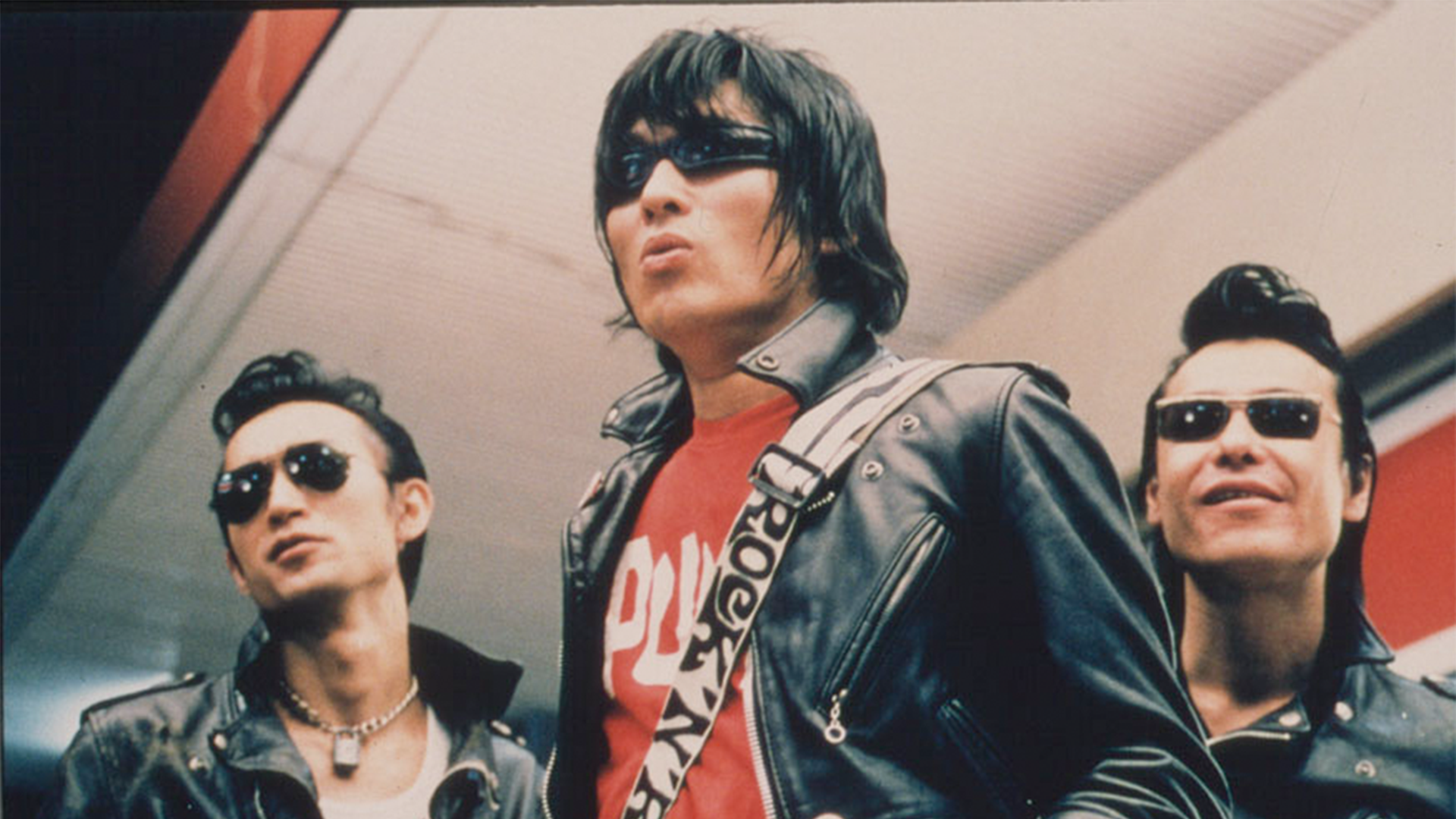
wild zero
Japan, 1999, 98 min, Tetsuro Takeuchi, Japanese

brazil
USA, 1985, 143 min, Terry Gilliam, English
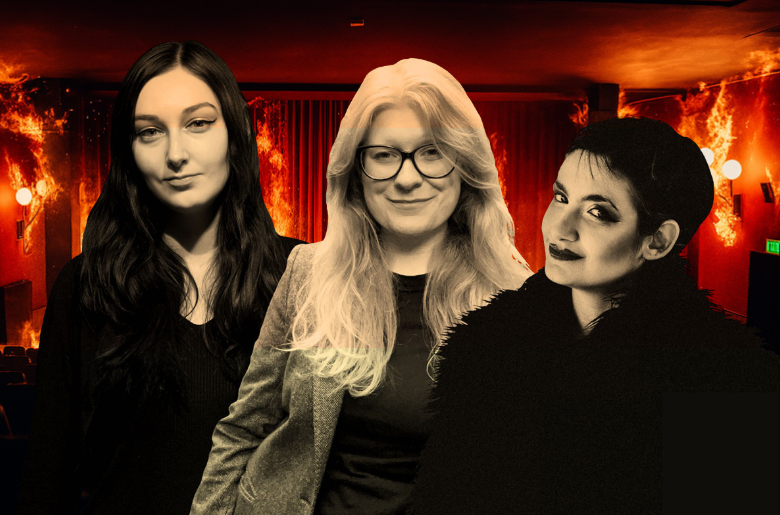
NOTES ON THE END OF thE WORLD
with Mirjam Kay Mashkour, Antonia Leise, Sanjina Kashikar
